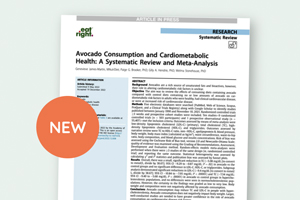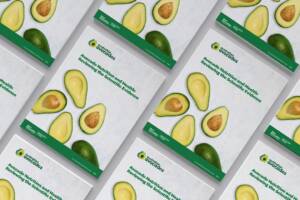During the first year of life, it’s important to offer nutritious foods in addition to breastmilk (or a suitable alternative) to support optimal growth and development. It’s also important to try a range of new flavours to encourage acceptance of a variety of nutritious foods as children grow, including fruits and vegetables.
Infant diets can be low in vegetables, fruits and fibre, and pre-prepared foods can often contain added salt and sugars. There is also a tendency for parents to offer mostly sweet foods because they are easily accepted by young children.
However, for infants, avocados contain good amounts of potassium and folate, as well as vitamins A, E and K, fibre and monounsaturated fats. Avocados are nutrient-dense and have a mild flavour and soft texture, making them a good food to include in complementary feeding for infants.
Practice Tips
- Encourage parents to introduce a wide variety of nutritious foods from six months of age, of appropriate texture for their stage of development
- Promote a range of flavours – including sour, bitter, umami (savoury) and sweet – to encourage acceptance of a wide variety of foods as they grow
- Discourage the use of added sugar and salt in foods for infants
- Recommend iron-rich foods such as meat in soft textures from six months
- Suggest avocado as a nutrient-dense, soft-textured food with a subtle savoury flavour
- Avocado can be offered mashed on its own, or as a binder with iron-rich puree meats, legumes and infant cereal
Reference
Comerford KB, Ayoob KT, Murray RD, Atkinson SA. The Role of Avocados in Complementary and Transitional Feeding. Nutrients. 2016 May 21;8(5).



